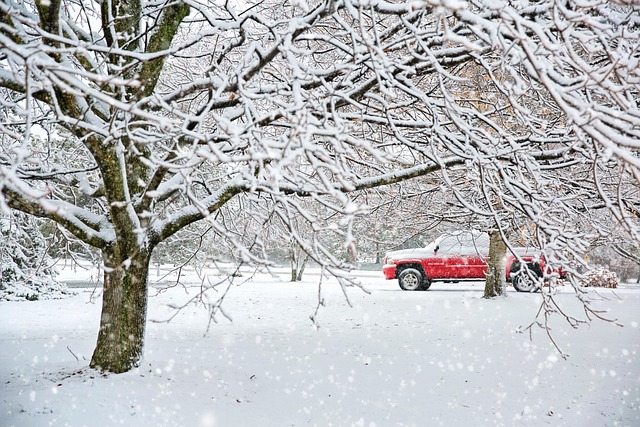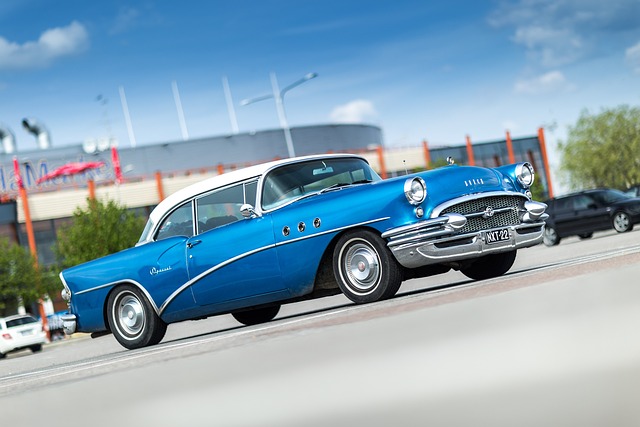Looking to register your car in California? This comprehensive guide will walk you through the entire process, from understanding the registration requirements to submitting your application. First, grasp the fundamental steps involved. Then, gather essential documents, including proof of ownership and insurance. Visit a local California DMV office, where you’ll need to verify your Vehicle Identification Number (VIN) using a reliable dmv vin verifier. Finally, complete and submit the registration form to make your vehicle legal on California’s roads.
- Understanding the Registration Process
- Gather Required Documents
- Visit a California DMV Office
- Verify Vehicle Identification Number (VIN)
- Complete and Submit the Registration Form
Understanding the Registration Process

Understanding the Registration Process in California
Registering a car in California involves several steps that can seem daunting at first. However, by understanding the process beforehand, you can streamline everything and ensure a smooth experience. The initial step is to gather all necessary documents, including proof of ownership, vehicle identification number (VIN) verification, and valid forms of identification for both the owner and driver. It’s essential to have these documents ready before visiting the Department of Motor Vehicles (DMV).
A key component of the registration process is ensuring your vehicle passes a vin inspection. This involves verifying the VIN through a trusted source like a DMV-approved vin verifier. With advancements in technology, even mobile vin verification services are now available, providing convenience for those who prefer not to visit a physical location. By completing these steps and having accurate documentation, you’ll be well on your way to registering your vehicle in California efficiently.
Gather Required Documents

Before registering your car in California, you’ll need to gather several essential documents. The first step is to obtain a Vehicle Identification Number (VIN) verification from a trusted source. You can opt for a mobile VIN verification or inspection service, which makes the process convenient and efficient. These services use advanced technology to validate the VIN accuracy from the comfort of your home or garage.
Once you have confirmed the VIN, gather important paperwork such as the title, registration certificate, proof of insurance, and a valid driver’s license. It’s crucial to ensure that all documents are up-to-date and meet California’s requirements. The California Department of Motor Vehicles (DMV) provides detailed guidelines on what is needed, so refer to their website for a comprehensive list before beginning the registration process.
Visit a California DMV Office

Visiting a California DMV Office is a crucial step in the car registration process. You’ll need to bring your vehicle and its necessary documents to one of these official locations. The staff at the DMV will guide you through the registration procedures, which include verifying key information such as ownership, insurance, and vehicle specifications. One important tool they utilize is a DMV VIN verifier, which cross-references the Vehicle Identification Number (VIN) against state records to ensure the car’s history aligns with what’s declared.
Remember, while a mobile vin inspection or mobile vin verification might sound convenient, it’s essential to complete this process at an authorized DMV office. This ensures accuracy and complies with California’s regulations. By following these steps, you’ll be well on your way to registering your vehicle smoothly and legally in the Golden State.
Verify Vehicle Identification Number (VIN)

Before you begin the registration process, it’s crucial to verify your Vehicle Identification Number (VIN). This unique 17-character code is essential for a smooth and accurate car registration in California. You can use a DMV VIN verifier or opt for a mobile vin inspection service to ensure the vehicle’s history is clean and matches the details provided by the seller. A simple online check using your vehicle’s VIN can reveal crucial information about its past, including ownership changes, accident records, and outstanding loans.
For convenience, many people choose mobile vin verification services that send an inspector to your location. This option is particularly useful if you’ve purchased a used car and want to ensure it hasn’t been reported stolen or has any hidden issues. By cross-referencing the VIN with reliable databases, you can make informed decisions and register your vehicle with confidence.
Complete and Submit the Registration Form

To start the registration process, you’ll need to complete and submit the Registration Form, which is typically available at your local California Department of Motor Vehicles (DMV) office or online. This form requires detailed information about your vehicle, including its make, model, year, and unique Vehicle Identification Number (VIN). A crucial step before submission is to ensure the VIN’s accuracy through a reliable DMV vin verifier or mobile vin verification service. This process helps prevent errors and facilitates a smoother registration experience.
By utilizing advanced technology, many mobile vin verifiers allow you to check your vehicle’s history remotely, including any previous accidents, outstanding recalls, or potential fraud. Once your form is filled out and the VIN is verified, it can be submitted along with the required fees, documents, and proof of insurance. This ensures that your car’s registration is processed efficiently, enabling you to hit the road legally in no time.
Registering your car in California is a straightforward process that requires attention to detail. By understanding the registration process, gathering the necessary documents, visiting a DMV office, verifying the Vehicle Identification Number (VIN) using a reliable VIN verifier like those offered by the DMV, and completing the registration form accurately, you can ensure a smooth and efficient experience. Remember, a properly registered vehicle is crucial for road safety and legal compliance in California.



